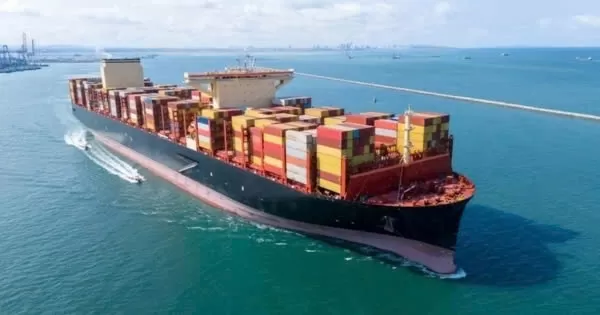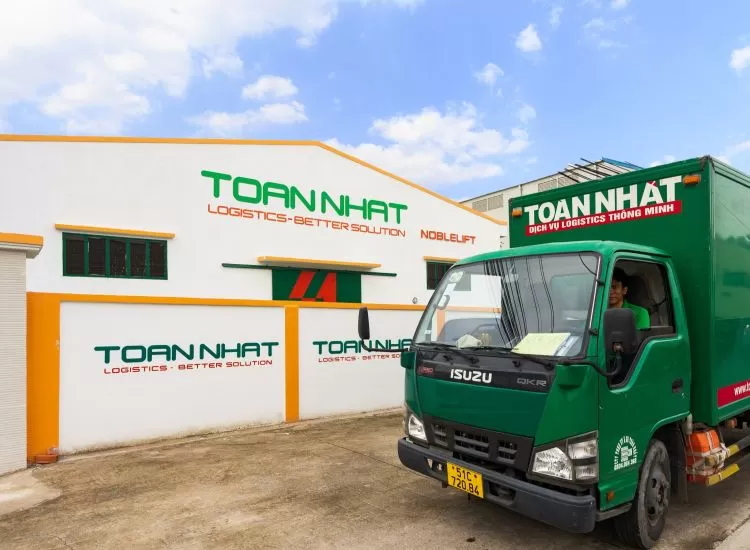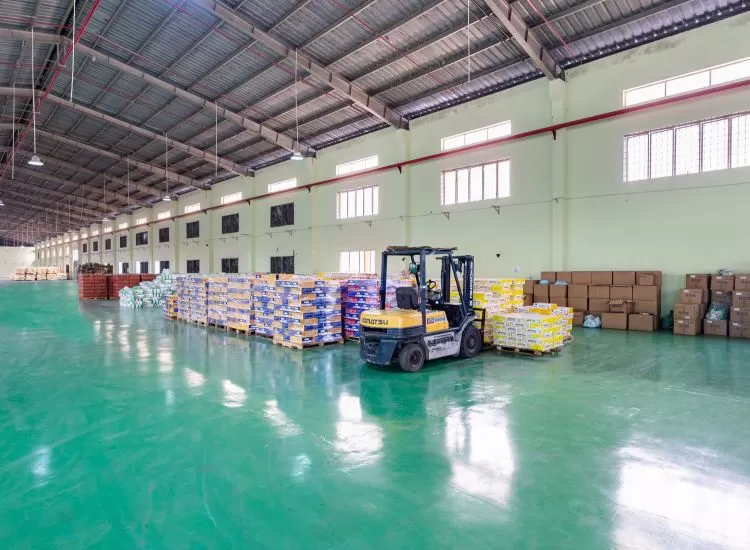Asia - North America West Coast Freight Rates Fall on Weak Demand and Capacity Increase
Asia freight rates are trending lower, particularly to the West Coast of North America, amid weaker demand and increased capacity, but some other routes are still facing volatility and uncertainty.

Asia freight rates to most global routes were stable last week, with rates remaining at their mid-July highs.
However, reports of easier bookings for forwarders and shippers, coupled with expectations that US imports will start to decline in September, are contributing to expectations that rates will start to fall in the coming weeks.
Asia-North America West Coast rates have already begun to decline, down 15% from their peaks over the past three weeks. And while some carriers were expected to raise rates in mid-August, the drop in demand and increased capacity on the route have led many to believe the price increases will not be sustained.
If demand peaks earlier than usual in the U.S., it will be largely because this year’s peak season has been pushed back. Factors behind the move include concerns about a strike by East Coast and Gulf Coast dockworkers in October, and the ILA union announced this week that it will meet in early September to finalize its contract demands and prepare its members for a possible strike.
Some importers have moved shipments from China ahead of the scheduled tariff increase on August 1. However, just last week, the U.S. Trade Representative announced that it needed more time to review public comments on the tariffs. A final decision is expected in August, and the tariffs will only take effect two weeks after that announcement.
In other labor developments, the review of a strike notice filed by the Vancouver and Prince Rupert dockworkers union is expected to conclude on August 9, and if approved, could trigger a strike at those ports three days later.
Transatlantic freight rates—which rose by about $600 per FEU at the start of the year as vessels diverted to the Red Sea reduced capacity—have since stabilized at $1,800 per FEU. Rates have remained steady even as demand has gradually improved in the first half of the year, as the market has enough capacity on the route to keep rates from rising. And even as rates fell 7% this week, carriers have announced price increases—some as much as $1,000 per FEU—for September, although shippers are skeptical that market conditions will allow for much of a hike.
Bangladesh’s political turmoil has caused logistics disruptions since early June, but the prime minister’s resignation on Sunday has prompted the military to step up steps to restore calm after violent clashes between protesters and police. A three-day trade shutdown has shuttered the country’s garment manufacturing, and the closure of borders, airports and suspension of rail services is also disrupting the movement of goods.
Freightos Terminals data shows that export container rates have risen since the disruptions began. Freight rates to the US are now 40% higher than they were two months ago, at around $8,650 per FEU. Freight rates from Chittagong to Rotterdam have increased by nearly 170% to around $7,000 per FEU. The continued backlog and delays will mean that shippers will face additional storage costs for waiting containers and could lead to further price increases, with some carriers announcing rate increases mid-month.
In the air freight sector, Freightos Air Index rates from China to the US have fallen 12% in the past few weeks. While the decline may partly reflect reduced demand during the summer lull, at $4.90 per kg, rates are still at levels typically seen only during the fourth quarter peak air season, suggesting e-commerce volumes remain strong.
Freight rates from the Middle East – which have been rising since the start of the year as vessels divert from the Red Sea to combined sea-air options from the UAE – have fallen 16% to North America to $2.57/kg and 20% to $1.56/kg to Europe over the past two weeks, possibly reflecting easing demand for air freight as pressure on ocean logistics has begun to ease.
Source: Phaata.com (via Container-News)
Phaata.com - Vietnam's First International Logistics Marketplace
► Find Better Freight Rates & Logistics Services!























.webp)
















.webp)